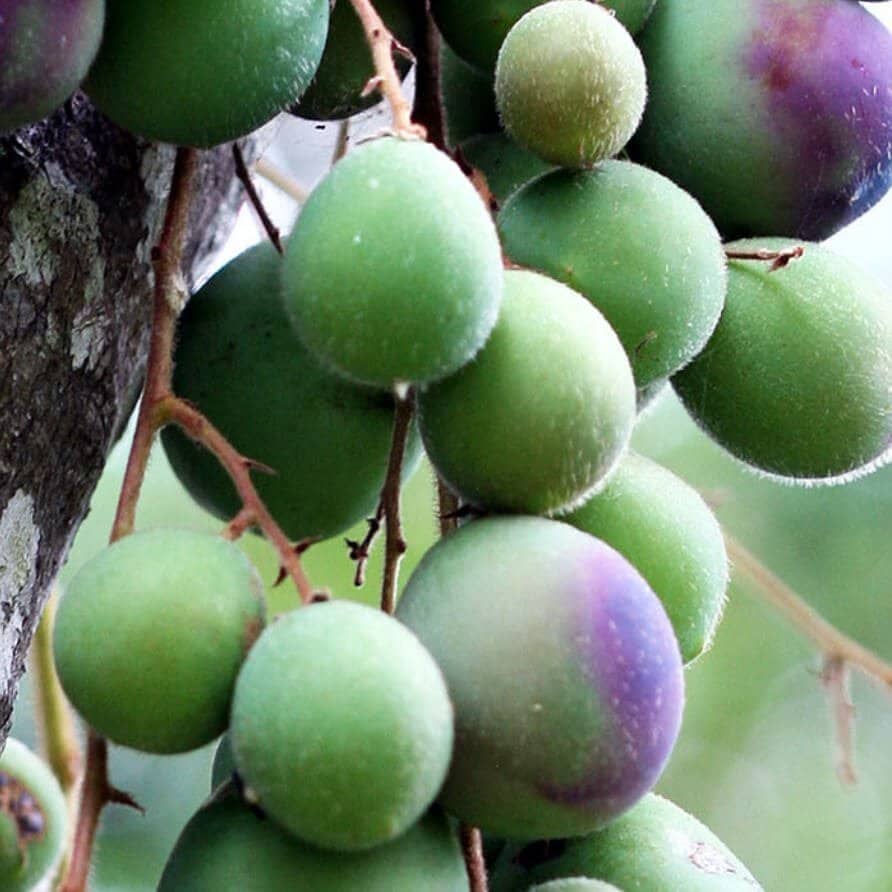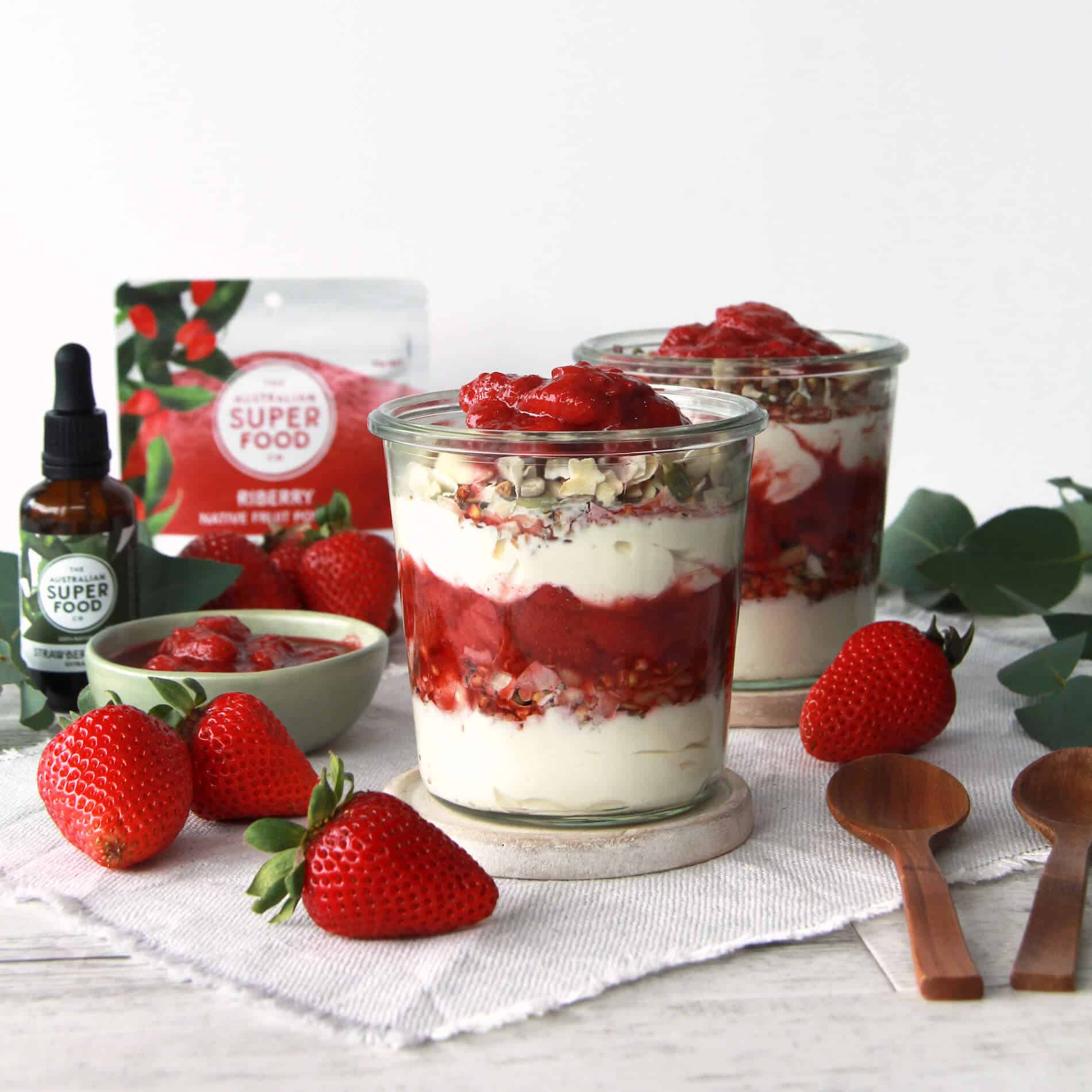Gems of the Bush: Australian Superfoods
17/05/2016Not only did they include a beautiful two page spread on us in The Wellness Book Victoria, but Smudge Eats has featured our top 7 native Australian Superfood ingredients in an online article.
Australia is famous for its majestic beaches, refined hospitality and unique wildlife, but are you aware that it’s home to some of the most nutrient rich foods on Earth?
Move over kale, quinoa and acai – there’s a new group of superfood contenders and they’re growing in our very backyard. So what exactly are these mighty ingredients and how can you integrate them into your daily diet?
Hayley Blieden of The Australian Superfood Co. aims to bring these indigenous Australian foods to the forefront of our culinary radar.
Wattleseed
The exceptionally tough husks of wattleseeds mean that when they fall from their branches, they can survive Australia’s harsh natural climate for up to 20 years. The seed’s nutritional value mirrors these powerful properties, being a rich source of protein and concentrated with potassium, calcium, iron, zinc and fibre. Its coffee flavours make it the perfect caffeine-free substitute, but it can also be used in ice creams and baking.
Lemon Myrtle
Lemon myrtle is a powerful antioxidant and antiseptic, a great source of calcium, high in folate, vitamin A and vitamin E, and is the most concentrated source of plant citral in the world. The leaf itself is citrusy but not acidic, so it can be consumed as a tea or added to a fish or chicken dish for some extra zest. Sweet delights shouldn’t be ignored: add it to ice cream or sorbets for a citrus kick.
Riberry
Riberry has three times the folate of a blueberry, is a concentrated source of essential minerals and is useful in aiding the immune system. Boasting a rich, spicy, cranberry-like flavour, it’s commonly used in chutneys, sauces, salads, cheese platters, vegetable dishes and desserts.
Finger Lime
With three times the vitamin C found in a mandarin, finger lime is not only a substantial source of folate, potassium and vitamin E, but also contains considerable antiseptic properties. The pulp consists of tiny little balls that hold shape until they burst in your mouth, making the microcitrus an ideal addition to dressings, sauces and jams.
Quandong
Otherwise known as native peach, quandong is traditionally an important food source for Indigenous Australians. Used as a suitable substitute to meat, it consists of 25% protein, 70% complex oils and has twice the vitamin C of an orange. Both salty and sour, it can be used in pies, sauces and jams. It also holds medicinal properties, being used in teas and salves.
Davidson Plum
High in potassium, calcium, vitamin E, vitamin C, zinc and antioxidants, the Davidson plum is valued equally as medicine as it is as food. It has the capacity to reduce hypertension and obesity, and contains lutein, a compound that plays a role in healthy eyes. However, don’t think about popping one in your fruit bowl – even when fully ripe, Davidson plums are highly acidic. This makes them perfect for sauces, dry red wine, desserts or as a natural food colourant.
Kakadu Plum
Kakadu Plum, also known as gubinge and billygoat plum, is a traditional source of bush tucker and has acted as an antiseptic and remedy for Indigenous Australians across the top end of Australia for thousands of years. Commonly found in powdered form, it has antibacterial, antifungal and antiviral agents and is a strong source of iron, vitamin E and folate. There is no other plant globally that contains the same level of vitamin C, antioxidants and bioactives, making it the ideal addition to shakes and smoothies.
To read the original article, visit Smudge Eats.
News, Media










